If you’ve been on the hunt for a way to transfer your tattoo design onto your skin quickly and with excellent precision, chances are that you have heard of tattoo sublimation paper. True to its name, tattoo transfer paper is specifically crafted to reproduce a design from paper onto the skin as accurately as possible, ensuring that the ultimate tattoo closely mirrors your desired outcome. However, there might come times when this trusty product doesn’t seem to be working properly—which can be frustrating and feel like an inevitable disappointment is coming up. But no worries! There are several tips & tricks that may help fix this issue without having to go back to square one!
Tattoo Transfer Paper
Tattoo transfer paper is a specialized type of paper used in the tattooing process to transfer a design from paper to the skin. It’s designed to ensure precision and accuracy in replicating the desired tattoo design onto the skin, helping tattoo artists create the exact artwork their clients envision. [1] The paper is typically used with transfer gel or stencil solution and is an essential tool in the tattooing industry.
Purpose and Importance in the Tattooing Process
Tattoo paper serves a critical role in the tattooing process, acting as a guide for tattoo artists during the application of the design. It’s essentially a map that outlines the design, helping to ensure accuracy and precision. Without it, the chances of mistakes or inaccuracies in the application of the tattoo increase significantly, which can lead to dissatisfaction for both the artist and the client.
In terms of importance, the use of tattoo transfer paper can’t be overstated. Firstly, it helps preserve the integrity of the original design. This is crucial because a tattoo is not just a piece of art—it’s a personal expression of the wearer. Any deviation from the original design can impact the wearer’s connection with the tattoo. Secondly, it aids in establishing clear communication between the client and the artist. The client can see exactly what the tattoo will look like and where it will be placed on their body before the needle ever touches their skin. Moreover, it provides a level of professionalism and assurance to the client. Being able to show the client exactly how their tattoo will look can make them feel more comfortable and confident in their decision to get tattooed.
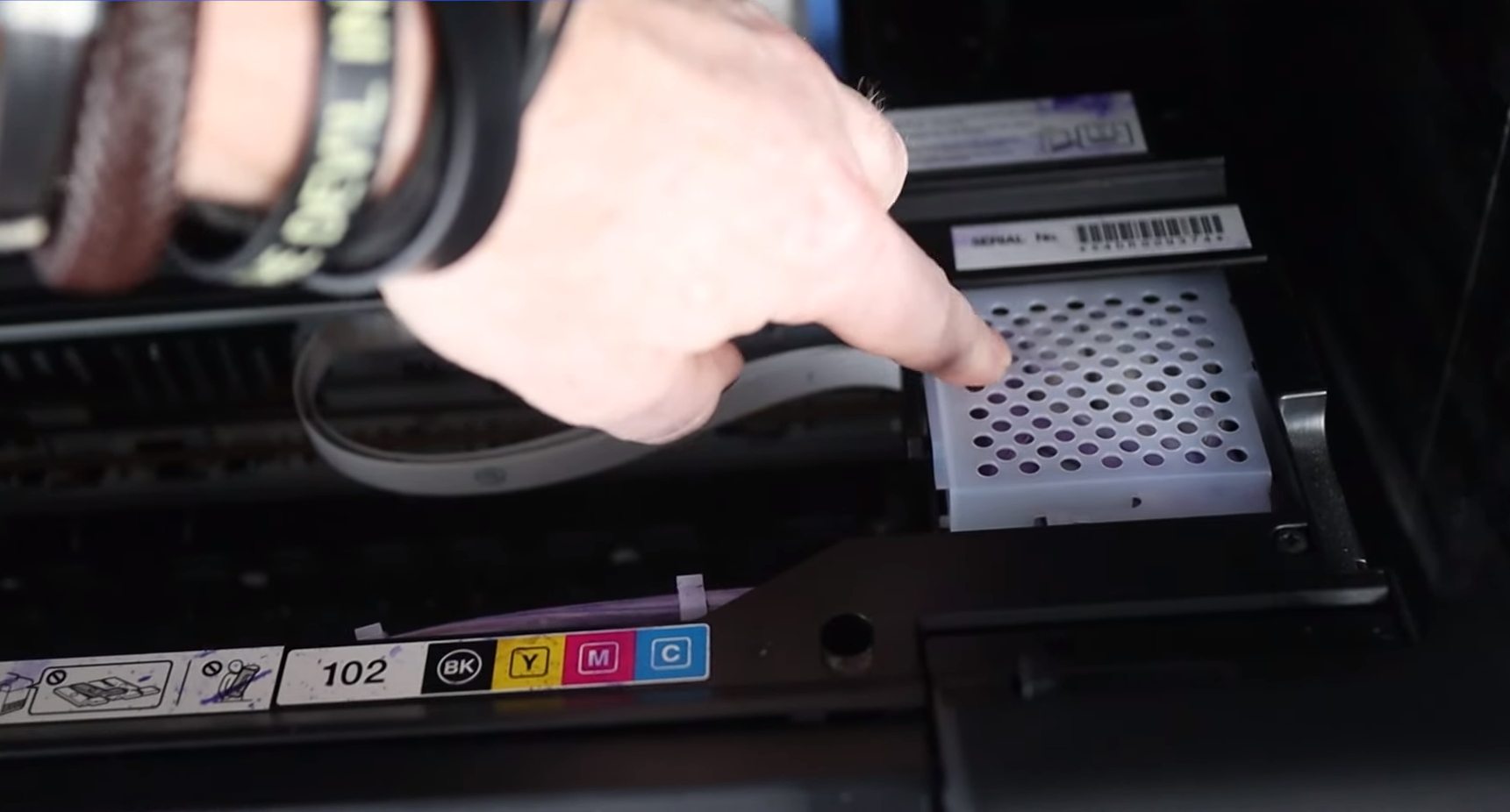
Common Causes of Transfer Paper Not Working
There are a few common reasons why your tattoo transfer paper might not be working as effectively as expected:
- Incorrect Application – You may not be employing the paper in the correct manner. For instance, you may not be applying enough pressure, or you might be removing the paper too quickly. Patience and careful application are key to a successful transfer.
- Poor Quality Transfer Paper – Not all transfer papers are created equal. Low-quality papers might not have the same adhesive properties as higher-quality alternatives, leading to incomplete or smeared transfers.
- Old or Poorly Stored Transfer Paper – If your transfer paper is old, or it has been stored in conditions of high humidity or extreme temperatures, its performance may be compromised.
- Complex Design – If you’re trying to transfer a highly detailed design with many fine lines or intricate patterns, it might not transfer as well as a simpler design.
- Incorrect Preparation of the Skin – The skin where you are applying the design needs to be clean and dry. Oils, lotions, or sweat can interfere with the transfer, making it less clear or causing it to smear.
- Lack of Transfer Gel – Failure to apply a coat of transfer gel to the skin before placing the transfer paper can result in an inadequate adhesion of the design.
- Incompatibility of Ink and Transfer Paper – Some types of ink may not adhere well to certain types of transfer paper, resulting in an unclear or incomplete design.
- Inadequate Aftercare – If the transferred design is not allowed to dry completely or is not protected properly, it can smudge or fade before the tattooing process begins.
Different Types of Tattoo Transfer Paper
- Hectograph Transfer Paper: This is the classic type of paper and has been used for many years by professional tattoo artists. It is also known as freehand tattoo transfer paper because it allows artists to draw directly on it. This type of paper is covered with a special purple or blue ink which transfers onto the skin when pressure is applied. Although it’s not ideal for highly intricate designs, it’s perfect for simple tattoos and is also quite cost-effective.
- Thermal Transfer Paper: This type is used with a thermal copier machine. Artists can trace or draw their designs onto the paper and then use the heat from the thermal copier to transfer the design onto the skin. [2] Thermal transfer paper is popular because it allows for highly detailed design transfer and is fairly straightforward to use once you get the hang of it.
- Inkjet and Laser Transfer Paper: With advancements in technology, inkjet and laser transfer papers have become an option for tattoo artists. These are specially designed to be used with inkjet or laser printers, enabling artists to print out their digital designs directly onto the paper. This is especially useful for complex and highly detailed designs, ensuring precision and accuracy in the transfer. However, it’s important to note that this type of transfer paper can be more expensive and requires access to a compatible printer.
Troubleshooting and Fixing Tattoo Transfer Paper Issues
We will provide practical solutions to ensure that your tattoo transfers are crisp, clear, and precise, enhancing the overall tattooing process. From handling the transfer paper correctly to ensuring optimal skin preparation, these troubleshooting tips aim to refine your technique and improve the quality of your tattoo transfers.
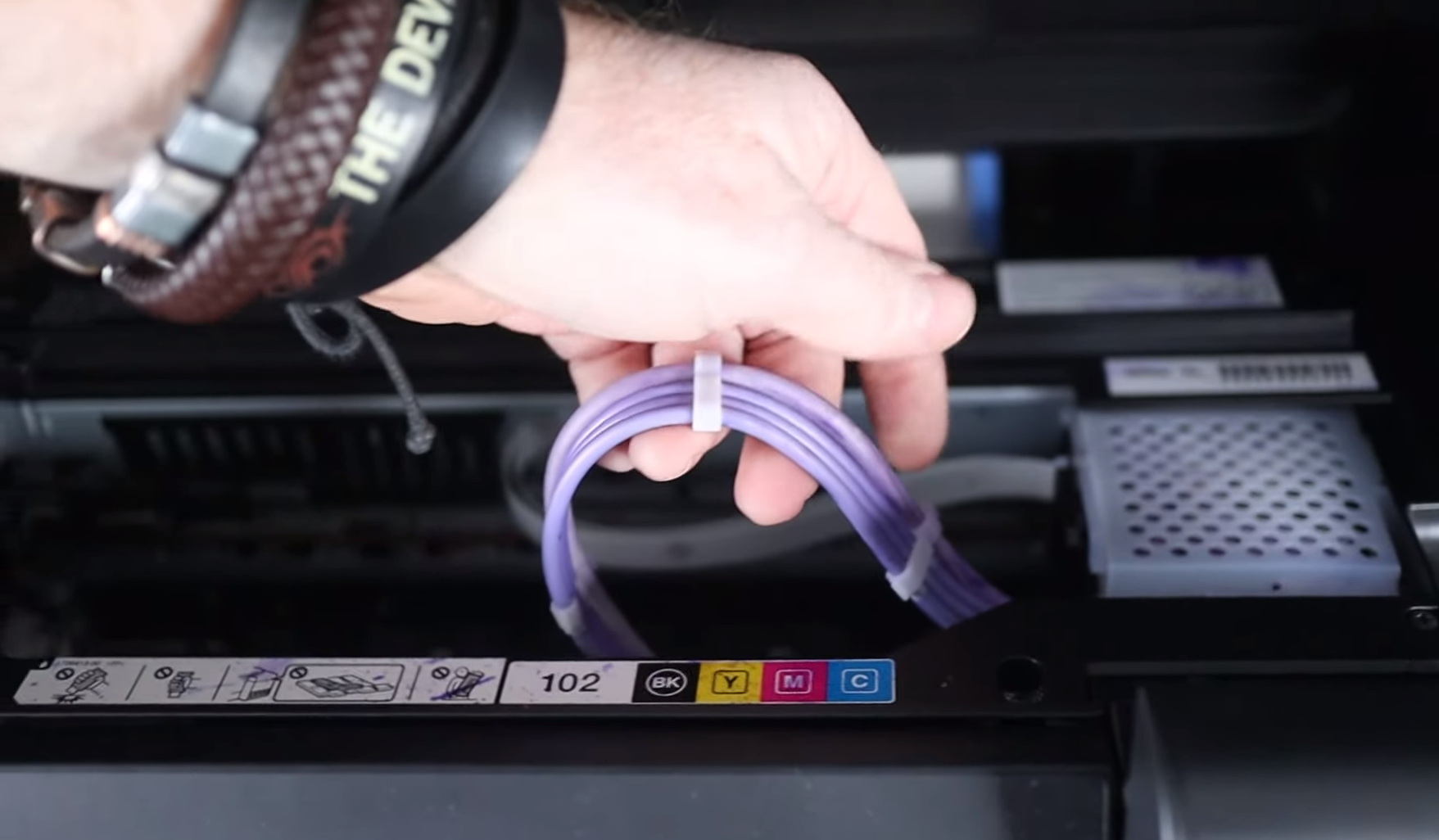
Check Your Equipment
First and foremost, ensure that your equipment is functioning properly and is in good condition. If you’re using thermal transfer paper, the thermal copier machine should be in optimal working condition, with no signs of damage or malfunction. The heat settings should be correctly adjusted according to the manufacturer’s instructions. Overheating or underheating can negatively impact the quality of the transfer.
If you’re using a hectograph transfer paper, ensure your pens or pencils are high quality and specifically designed for use on transfer paper. Regular pens or pencils might not produce a design that transfers well onto the skin. For inkjet and laser transfer papers, the printer should be well-maintained, with no signs of ink leakage or paper jams. The ink cartridges should be full and the print settings adjusted appropriately for the best results. It’s also important to ensure that the transfer paper is not expired or damaged in any way. Store the paper in a cool, dry place to maintain its efficacy. A simple equipment check can often resolve a lot of common transfer paper issues.
Review Your Technique
Make sure you are following the correct technique when using paper. Begin by preparing the skin area where the tattoo will be applied. It should be clean, dry, and free of oil or lotion. Next, apply a layer of transfer gel to the skin. If you’re using hectograph transfer paper, you can draw your design directly onto the paper using special pens or pencils. Apply firm, even pressure to ensure that the design transfers fully onto the skin. If you’re using thermal transfer paper, draw or trace your design on the paper before placing it in the thermal copier machine. Ensure that the heat settings are correct and that the design is placed face down on the skin after it comes out of the machine.
For inkjet and laser transfer papers, you need to print your digital design directly onto the paper using a compatible printer. [3] Be mindful of the printer settings to ensure a high-quality print. Once the design is printed, apply it face down on the skin. In all cases, press down firmly on the design and hold it in place for a few seconds to allow the design to fully transfer. Finally, let the design dry on the skin before starting the tattooing process.
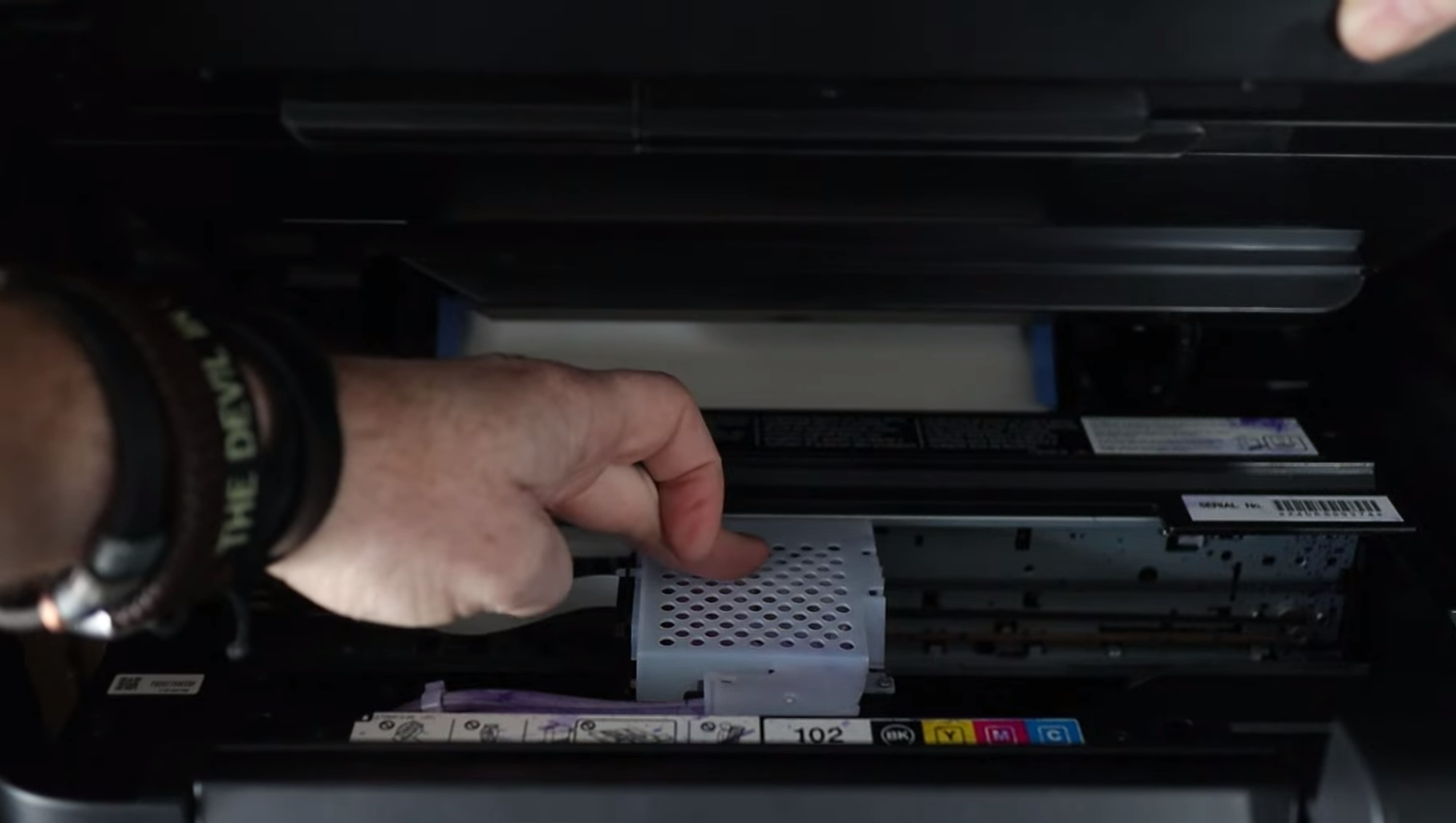
Adjusting Transfer Paper
Sometimes, despite following the right procedure and using the correct equipment, the tattoo transfer may not come out as expected. In such cases, you might need to adjust the physical application of the transfer paper onto the client’s skin. Make sure the skin is well-prepped with transfer gel or soap before you apply the paper. Hold the paper down for 30 seconds or more, ensuring you apply even pressure throughout. Avoid moving the paper during this time to prevent the design from smudging.
If the design is large or complex, you might need to apply it in sections, being careful to align each part accurately. If the transfer is too faint, you can go over the design again with a hectograph pencil before reapplying it to the skin. If it’s too dark or smudged, you might need to remove it with alcohol and start the process over. Remember, achieving a perfect tattoo transfer can sometimes take a few tries. The key is to remain patient, adjust your technique as needed, and aim for a balance between precision and clarity.
Alternative Methods
There are alternative methods for transferring tattoo designs to the skin that some artists opt for.
- Freehand Drawing: Some artists prefer to draw directly on the skin using a non-toxic, skin-friendly marker. This method gives the artist more freedom and flexibility to change or adjust the design on the spot. It’s particularly useful for organic designs or styles that flow with the body’s natural curves, such as tribal or Japanese tattoos. However, it demands a high level of skill and confidence in drawing.
- Stenciling: Stenciling involves creating a stencil of the design, cutting it out, and applying it to the skin using a skin-friendly stencil gel. This can be useful for geometric designs or repeating patterns that require precision. It’s also beneficial when the design involves text, as it ensures the letters are accurately aligned and evenly spaced. However, creating stencils can be time-consuming and requires additional materials.
- iPad and Digital Drawing Tablets: The advent of digital technology has ushered in new possibilities for tattoo artists. Digital drawing tablets or iPads with a stylus can be used to draw the design and then transfer it directly onto the client’s skin using a compatible thermal printer. This method allows for greater precision and the ability to easily manipulate the design digitally. However, it requires a significant initial investment and a learning curve to master digital drawing tools.
- 3D Projection: Some high-tech studios are experimenting with 3D projection technology to map the design onto the client’s body in real-time. This gives the client a realistic preview of how the finished tattoo will look from all angles. While incredibly innovative, this method is currently less common due to the high cost and technical expertise required.
Each of these alternative methods has its strengths and considerations. Artists should choose the method that best fits their style, the design’s complexity, and the client’s comfort level. As always, the goal is to create a clear, precise guide for inking the tattoo, ensuring a result that both the artist and client will be happy with.
Seeking Professional Help
If you’re having persistent problems with tattoo transfer paper or are simply not confident in your ability to use it effectively, it may be worthwhile to seek professional help. A professional tattoo artist or trainer can provide valuable insight into common mistakes and offer practical tips to improve your technique. There are also numerous tutorials, webinars, and online courses available that cater to varying skill levels. Some even offer interactive sessions where you can receive real-time feedback on your technique.
Keep in mind that while the initial cost might seem high, the investment could pay off in the long run by saving you the time and frustration of dealing with poor transfers and potentially unsatisfied clients. Remember, the quality of your tattoo transfer dramatically impacts the final tattoo result. Therefore, attaining mastery in this area is crucial for every aspiring tattoo artist.
Preventing Tattoo Transfer Paper Issues in the Future
To prevent issues with tattoo transfer paper in the future, consider the following pointers:
- Quality Materials: Always invest in high-quality tattoo transfer paper and related materials. Inferior products can compromise the clarity and precision of your tattoo design.
- Proper Skin Prep: Make sure to properly clean and prep the skin before applying the tattoo transfer. This includes shaving the area, cleansing it thoroughly, and applying a transfer gel or soap.
- Printer Settings: If you’re using inkjet or laser transfer papers, ensure your printer settings are optimized for the best possible print quality.
- Careful Application: Apply the design to the skin carefully and hold it in place for sufficient time to allow the design to fully transfer. Avoid moving the paper during this time to prevent smudging.
- Practice and Patience: Practice makes perfect. Don’t be discouraged if the transfer doesn’t come out perfectly on the first attempt. Be patient, adjust your technique as needed, and continue practicing.
- Ongoing Learning: Stay updated with the latest techniques and advancements in tattoo transfer methods. Consider attending workshops or online courses to continuously improve your skills.
- Professional Consultation: If you’re consistently facing issues, consult with a professional. They can help identify any technique issues and provide valuable advice.
Proper Storage of Transfer Paper
Proper storage of tattoo transfer paper is vital to ensure its longevity and maintain the quality of your design transfers. Following are the steps to ensure appropriate storage:
- Dry Environment: Keep your transfer paper in a dry and cool place. Humidity can damage the paper and affect the clarity and quality of your designs.
- Temperature Control: Extreme temperatures can also deteriorate the quality of the paper. Avoid storing it in areas that are too hot or too cold.
- Away from Direct Sunlight: Exposure to direct sunlight can cause the paper to fade or discolor. Store your transfer paper in a dark place or in a container that blocks sunlight.
- Flat Storage: Always store your transfer paper flat. Folding or bending the paper can lead to creases that may interfere with the transfer process.
- Clean Area: Make sure the area where you store your transfer paper is clean and free from dust or dirt that can contaminate the paper.
- Proper Packaging: Keep your transfer paper in the original packaging, or consider a ziplock bag or airtight container to protect it from environmental hazards.
Regular Maintenance of Tattoo Equipment
Regular maintenance of your tattoo equipment is crucial for ensuring its longevity and performance. While every piece of equipment will have its specific cleaning and care instructions, here are some general tips that apply to most tattoo tools:
- Cleaning: Regularly clean your equipment according to the manufacturer’s instructions. This should include cleaning after each use and deep cleaning at regular intervals.
- Sterilization: For tools that come into contact with skin, sterilization is crucial. Use an autoclave or other approved sterilization method to kill bacteria and prevent infection.
- Inspection: Regularly inspect your equipment for any signs of wear and tear. If you notice any damage, stop using the equipment until it can be repaired or replaced.
- Replacement of Parts: Certain parts of tattoo equipment, such as needles, should be replaced regularly to ensure they remain sharp and effective.
- Lubrication: Some parts of your equipment may need regular lubrication to keep them running smoothly. Make sure to use the right type of lubricant as specified by the manufacturer.
- Storage: Store your equipment in a clean and dry place when not in use. Avoid extreme heat or cold, which can damage some materials.
Frequently Asked Questions
Can you use Vaseline to transfer tattoo stencil?
Yes, Vaseline is often used to transfer tattoo stencils. The process involves applying a thin layer of Vaseline to the cleaned and shaved skin where the tattoo will be placed. The stencil is then applied on top, with firm pressure applied evenly for around a minute. The paper is then carefully peeled away, leaving the stencil behind on the skin. However, some tattoo artists prefer not to use Vaseline due to its greasy nature and potential to blur stencil lines. It’s important to test different methods and find what works best for your specific style and needs.
How do you get tattoo transfer paper to work?
To get tattoo transfer paper to work, you first need to prepare your design. This can be done either by drawing directly onto the paper or printing the design using a thermal or inkjet printer. Once your design is ready, cut around the edges, leaving a small border. Cleanse and shave the area where the tattoo will be applied, then apply a thin layer of transfer gel or soap. Position your design, ink side down, onto the skin, and apply even pressure throughout. After waiting for a few moments, carefully remove the paper, leaving your design transferred onto the skin. It’s crucial to avoid moving the paper during this process to prevent smudging. If you’re having trouble, don’t hesitate to reach out to a professional for advice.
Why isn’t my stencil paper working?
There could be several reasons why your stencil paper isn’t working. It could be due to the paper’s quality or improper storage conditions, such as exposure to extreme temperatures or moisture. The problem could also lie in the application process. Factors such as insufficient pressure when transferring the design, not allowing enough time for the transfer to adhere to the skin, or not preparing the skin properly could affect the transfer. Additionally, using the wrong type of transfer gel or not using any could affect the stencil’s ability to transfer correctly. It’s advisable to review your methods and materials and consider seeking advice from experienced tattoo artists.
Why won’t my carbon paper transfer to the skin?
First, check that you’re using the carbon paper correctly, with the ink side facing down onto the skin. Also, ensure that you’re applying the design with sufficient pressure to transfer the ink. Skin preparation is also crucial – the skin should be clean and free from oils or lotions that could interfere with the transfer. Finally, the problem might be with the carbon paper itself. If it’s old or has been stored in improper conditions, it may not work effectively. If none of these solutions work, you may consider trying a different brand or type of carbon paper, or consult with other tattoo artists for their preferred methods and products.
Useful Video: Tattoo Stencils Hack! How To Fix EcoTank Printer Problem!
Conclusion
In conclusion, the proper handling and treatment of tattoo equipment, including transfer paper and stencil materials, is a key factor in achieving optimal results in tattoo artistry. Understanding how to use these tools effectively, as well as knowing how to maintain, clean, and store them, can greatly enhance the quality of your work and the satisfaction of your clients. As with many things in life, success in tattooing comes with experience and knowledge, so don’t hesitate to ask for advice from more experienced artists or conduct further research if you encounter challenges. Remember, every great tattoo artist starts at the beginning. Keep learning, keep improving, and let every tattoo you create be better than the last.
References:
- https://www.dmarge.com/how-to-use-tattoo-transfer-paper
- https://www.monstersteel.com/blogs/blog/different-types-of-stencil-paper
- https://www.electronicshub.org/regular-printer-for-transfer-paper/





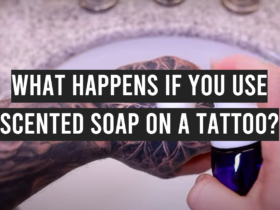
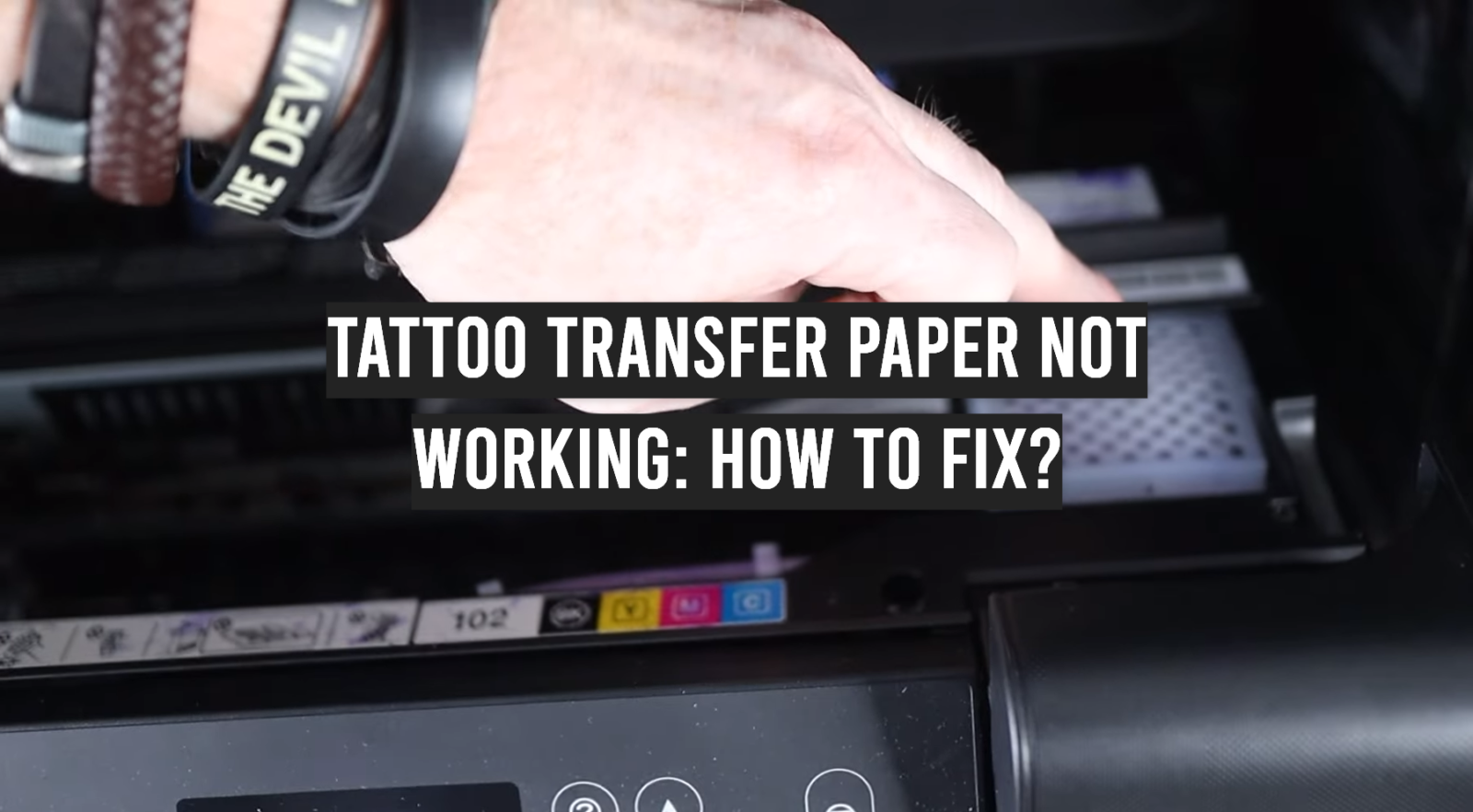
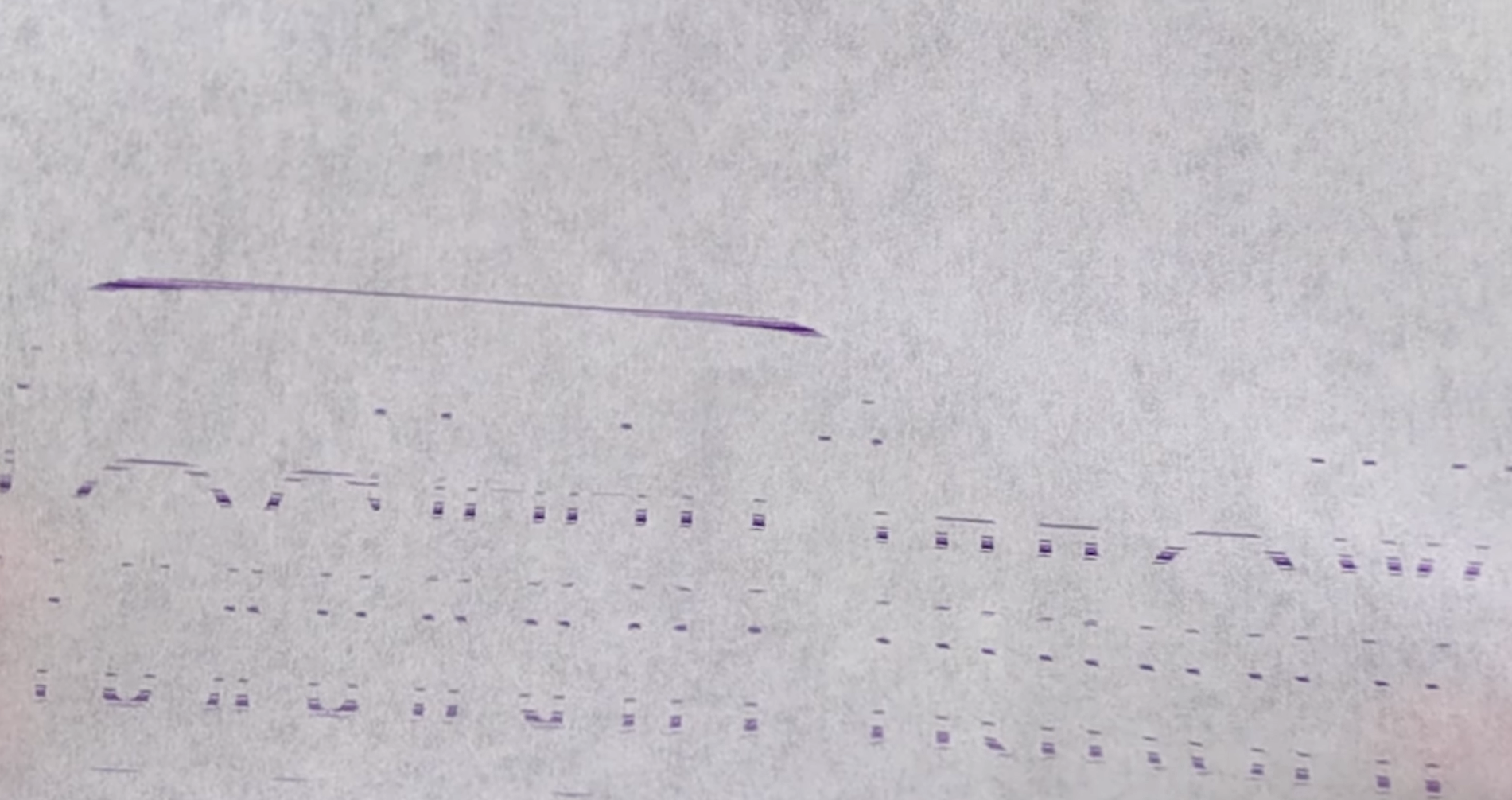
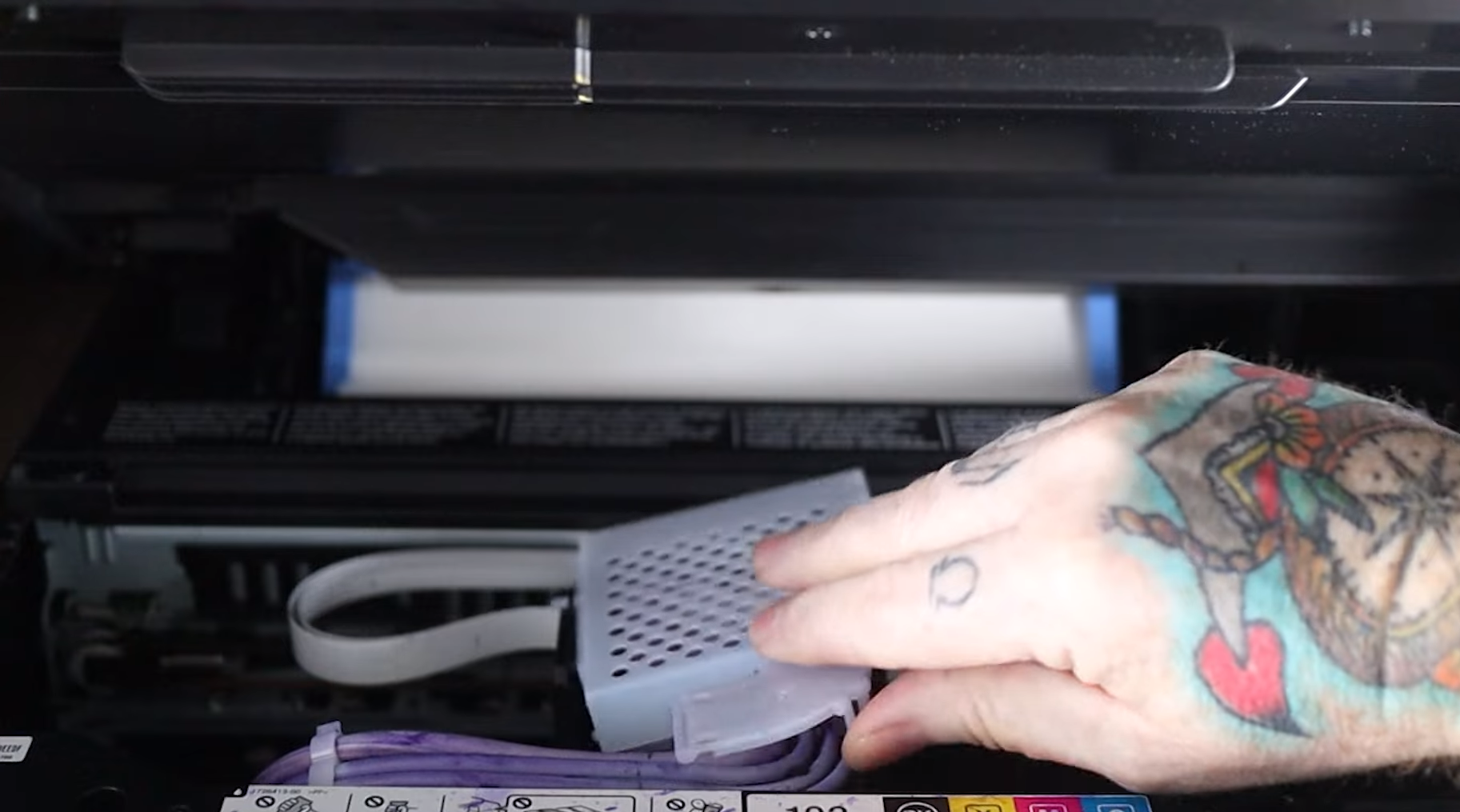
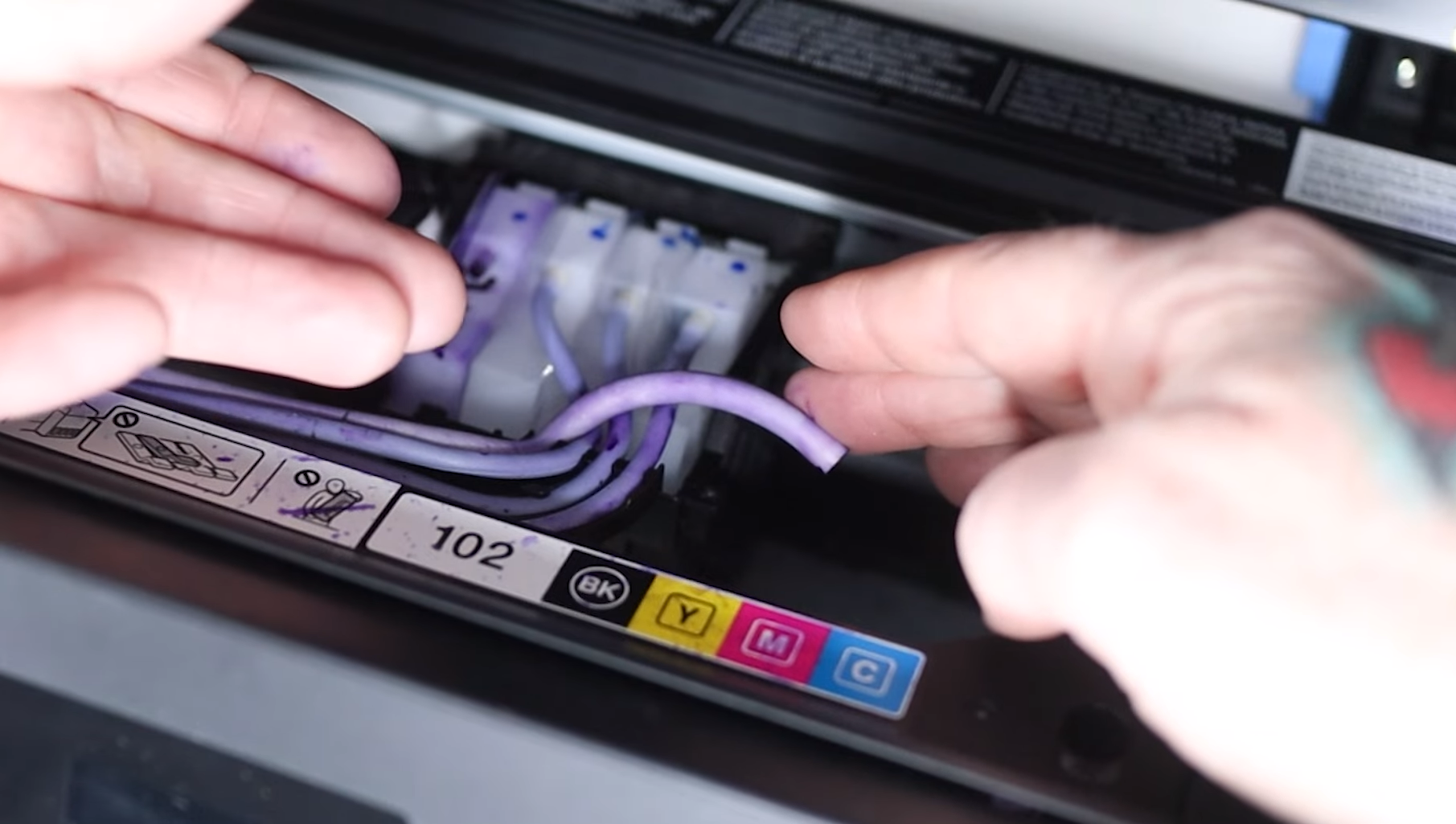
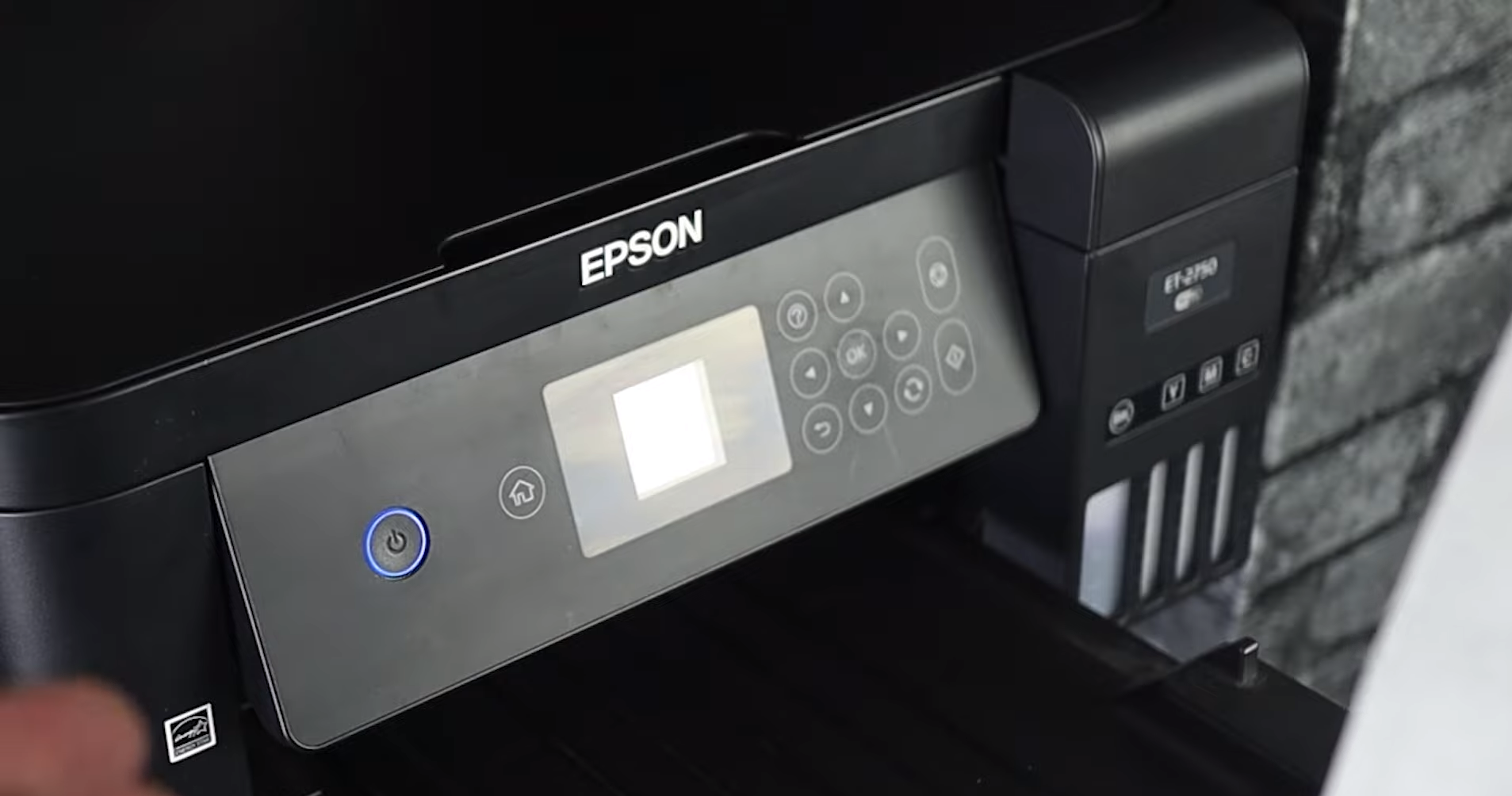
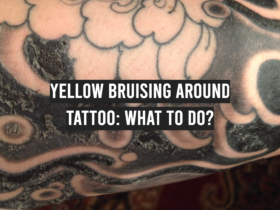
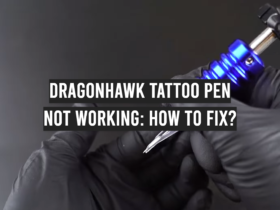
Leave a Review